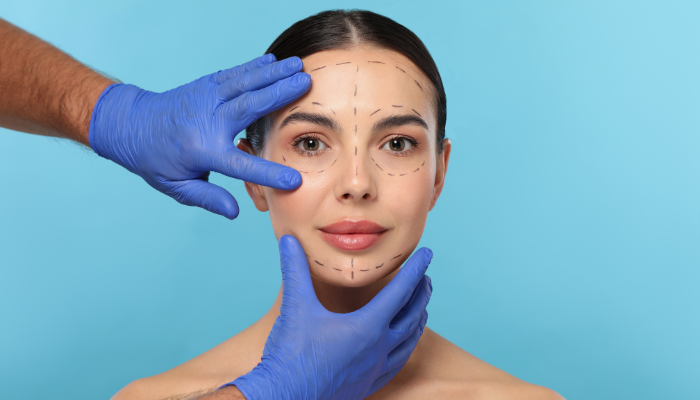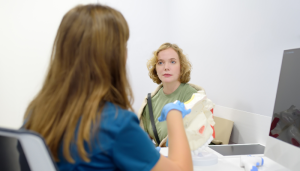Have you ever looked in the mirror and felt like something was just a little off—but couldn’t quite place it? Often, it’s not one big feature that stands out, but the overall balance of your face that makes a lasting impression.
That’s where rhinoplasty comes in. More than just a cosmetic tweak, rhinoplasty can subtly shift the focus of your features, creating better symmetry and a more naturally harmonious look. In this post, we’ll explore how adjusting the shape of the nose can transform the way your entire face looks—sometimes in ways you never expected.
Key Takeaways
- Rhinoplasty can correct asymmetries in the nose, leading to improved facial balance.
- Consulting with a qualified specialist is essential for a tailored rhinoplasty plan.
- Post-operative care is crucial for optimal healing and results after surgery.
- Understanding the psychological benefits, like increased self-confidence, is important for potential patients.
- Choosing the right surgeon can significantly impact the outcome of your rhinoplasty.
Understanding Facial Symmetry and Its Importance
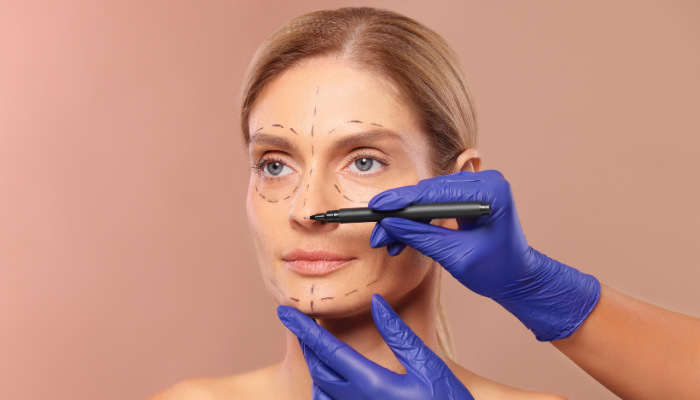
Defining Facial Symmetry
Basically, it’s about how well the two halves of your face match up. No one has a perfectly symmetrical face. But when the balance is noticeably off, it can affect how we see ourselves, and how others see us.
Think of it as a spectrum, not a strict yes or no. We’re talking about the relative size, shape, and position of features like eyes, ears, cheeks, and, of course, the nose.
The Psychological Impact of Symmetry
It’s interesting how much our brains are wired to notice symmetry. Studies have shown that we tend to perceive symmetrical faces as more attractive. This isn’t just about vanity; it’s thought to be linked to our subconscious association of symmetry with good health and strong genes.
If you’re self-conscious about facial asymmetry, it can impact your self-esteem and even your social interactions. It’s not about chasing perfection, but about feeling comfortable and confident in your own skin.
Cultural Perspectives on Beauty and Symmetry
What’s considered attractive varies wildly across different cultures and time periods. While some cultures might place a high value on near-perfect symmetry, others might appreciate unique, individual features. It’s important to remember that beauty is subjective.
What matters most is how you feel about yourself. Rhinoplasty can be a tool to help you align your appearance with your personal ideals, whatever they may be.
Ultimately, understanding facial symmetry isn’t about chasing an unattainable ideal. It’s about gaining awareness of your own unique features and how they contribute to your overall appearance. This knowledge can empower you to make informed decisions about whether rhinoplasty is the right choice for you.
The Role of Rhinoplasty in Achieving Balance
Rhinoplasty isn’t just about making your nose look different. It’s also about bringing your entire face into better harmony. It’s like adjusting one instrument in an orchestra to make the whole piece sound better.
A skilled surgeon considers your other facial features to ensure the new nose complements them.
How Rhinoplasty Reshapes the Nose
Rhinoplasty can change the size, shape, and angle of your nose. It can also fix breathing problems. The procedure involves reshaping bone and cartilage to achieve the desired look. Sometimes, the surgeon might add tissue (like cartilage grafts) to build up areas that need more support or definition.
Techniques Used in Rhinoplasty
There are two main ways to do rhinoplasty:
- Open Rhinoplasty: The surgeon makes a small cut between your nostrils. This gives them a really good view of the inside of your nose, which is helpful for big changes.
- Closed Rhinoplasty: All the cuts are made inside your nose. This means no visible scars, but it might not be the best choice for complicated cases.
- Tip Plasty: This focuses only on reshaping the tip of the nose. It’s less involved than a full rhinoplasty.
Choosing the right technique depends on what you want to achieve and what your surgeon thinks is best for your nose’s structure.
Expected Outcomes of Rhinoplasty
After rhinoplasty, you can expect a nose that looks more balanced with the rest of your face. This can mean a nose that’s smaller, straighter, or has a more defined tip. It’s important to have realistic expectations. The goal isn’t to create a ‘perfect’ nose, but one that suits you. Here’s a rough timeline of what to expect:
| Timeframe | What to Expect |
|---|---|
| 1 Week | Splint removal, initial swelling and bruising. |
| 2-4 Weeks | Most of the bruising fades. |
| Months | Gradual reduction in swelling. |
| 1 Year | Final results visible. |
It’s a process, but most people are really happy with the final result.
Assessing Your Facial Features for Rhinoplasty
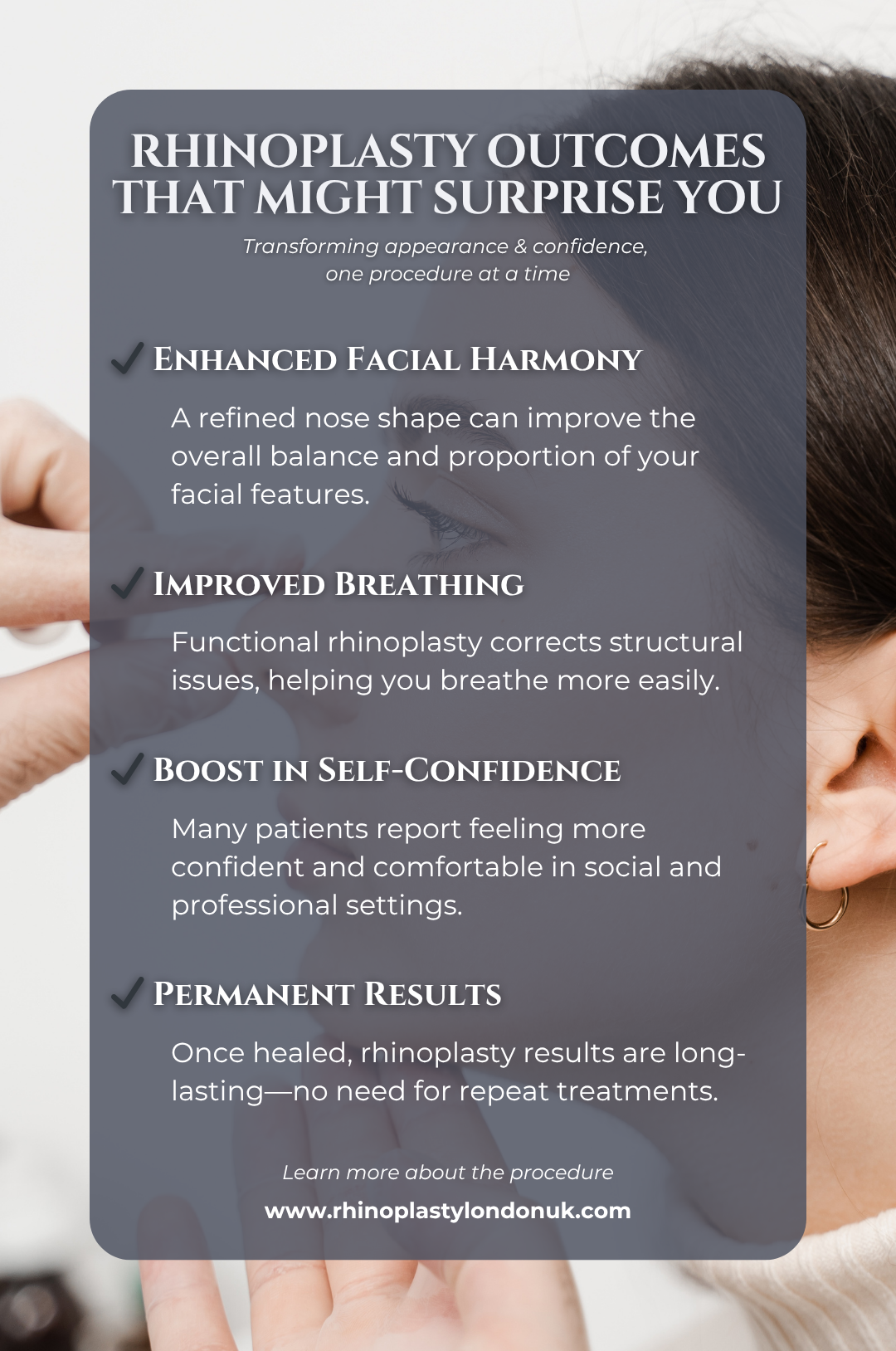
Before diving in, it’s really important to take a good look at your face and understand what you’re hoping to achieve. It’s not just about changing your nose; it’s about creating harmony with your other features. Let’s break down how to do this.
Identifying Asymmetries
Okay, first things first: grab a mirror and really study your face. Most of us don’t have perfectly symmetrical faces, and that’s totally normal. Look for things like:
- Is one side of your nose slightly different from the other?
- Does your nose tilt to one side?
- How does your nose relate to your chin, eyes, and cheekbones?
It can be helpful to take photos from different angles too. Sometimes, things that are hard to spot in the mirror become obvious in a picture. Don’t stress about minor imperfections; the goal is to identify anything that bothers you or throws off your facial balance.
Consultation with a Specialist
You absolutely need to chat with a qualified and experienced rhinoplasty surgeon. They’re the experts, and they can assess your facial structure in a way that you simply can’t do yourself. During the consultation, they’ll:
- Examine your nose, both inside and out.
- Discuss your goals and expectations.
- Explain what’s realistically achievable.
- Use computer imaging to show you potential results.
A good surgeon won’t just tell you what you want to hear. They’ll be honest about the limitations of the procedure and help you understand what’s possible to create a natural-looking and balanced result.
Personalising Your Rhinoplasty Plan
Rhinoplasty isn’t a one-size-fits-all deal. What works for one person might not work for another. Your surgeon will take into account your unique facial features, skin type, and desired outcome to create a personalised plan. This plan will outline:
- The specific techniques they’ll use.
- The expected changes to your nose.
- The potential risks and complications.
- The recovery process.
Don’t be afraid to ask questions and voice any concerns you have. It’s your face, and you need to feel confident and comfortable with the plan before moving forward.
Post-Operative Care for Optimal Results
Now comes the really important bit: making sure you get the best possible results. It’s not just about the surgery itself, but also how well you look after yourself afterwards.
Think of it as a partnership between you and your surgeon. They’ve done their part, and now it’s your turn to shine. Let’s dive into what you need to know.
Managing Recovery After Rhinoplasty
Okay, so the first few days are going to be a bit rough, no sugar-coating it. You’ll likely have some swelling and bruising, which is totally normal. The key is to follow your surgeon’s instructions to the letter. This usually includes:
- Resting with your head elevated – propped up on a couple of pillows is ideal.
- Applying cold compresses to reduce swelling – think bags of frozen peas wrapped in a towel.
- Taking any prescribed pain medication as directed – don’t try to tough it out if you don’t have to.
- Avoiding strenuous activities – no gym for a while, sorry!
It’s also really important to keep your nose clean and dry. Your surgeon will give you specific instructions on how to do this, but it usually involves gently cleaning the area with a saline solution. Avoid blowing your nose for at least a week or two, as this can put pressure on the healing tissues. If you need to sneeze, try to do it with your mouth open.
Follow-Up Appointments
These are essential. Don’t even think about skipping them. Your surgeon needs to monitor your progress and make sure everything is healing as it should. They’ll also remove any splints or sutures at these appointments. It’s a good opportunity to ask any questions you might have, no matter how small they seem.
Long-Term Care for Your Nose
Once you’re past the initial recovery period, it’s important to continue looking after your nose. This means:
- Protecting it from the sun – wear a hat and apply sunscreen to your nose when you’re outdoors.
- Avoiding any activities that could cause trauma to your nose – think contact sports or anything where you might get bumped.
- Being gentle when cleaning your nose – avoid harsh scrubbing or picking.
And remember, patience is key. It can take up to a year to see the final results of your rhinoplasty, as the swelling gradually subsides and the tissues settle.
Common Concerns and Misconceptions
Rhinoplasty is a big decision, and it’s normal to have questions and maybe even a few worries. Let’s tackle some of the common concerns and clear up a few misconceptions surrounding this procedure. It’s all about going in with your eyes wide open, so you can feel confident and informed.
Addressing Fears About Surgery
Surgery can be scary, no doubt about it. A lot of people worry about the anaesthesia, the pain, and just the general idea of being ‘under the knife’. It’s important to remember that modern rhinoplasty is pretty advanced.
Anaesthesia is carefully monitored, and pain is usually well-managed with medication. Talk to your surgeon about your specific fears; they can explain the process in detail and put your mind at ease.
Understanding Risks and Complications
Every surgery comes with risks, and rhinoplasty is no different. Things like infection, bleeding, or adverse reactions to anaesthesia are possible, though rare.
There’s also a chance of needing a revision surgery if the results aren’t quite what you hoped for. It’s crucial to have a frank discussion with your surgeon about these potential complications so you’re fully aware of what could happen.
The Reality of Rhinoplasty Results
One of the biggest misconceptions is that rhinoplasty will give you a ‘perfect’ nose. The goal is to create a nose that looks natural and balanced with your other facial features. It’s about enhancement, not perfection.
It’s also important to have realistic expectations about what rhinoplasty can achieve. While it can make a big difference in your appearance, it won’t solve all your problems.
It’s easy to get caught up in the idea of a ‘new you’ after surgery, but remember that rhinoplasty is just one piece of the puzzle. Your personality, your confidence, and your overall wellbeing are what truly make you who you are. Rhinoplasty can be a great tool, but it’s not a magic wand.
The Psychological Benefits of Rhinoplasty
Rhinoplasty isn’t just about changing the shape of your nose; it can also have a surprisingly big impact on how you feel about yourself. It’s easy to focus on the physical changes, but the emotional and psychological benefits are often just as important.
If you’ve been feeling self-conscious about your nose for a long time, addressing it can really boost your confidence and improve your overall wellbeing. Let’s explore some of these benefits in more detail.
Boosting Self-Confidence
One of the most common benefits people report after rhinoplasty is a significant increase in self-confidence. When you’re happy with your appearance, it shows.
You might find yourself feeling more comfortable in social situations, more willing to try new things, and generally more positive about yourself. It’s not about vanity; it’s about feeling good in your own skin. Rhinoplasty can help you achieve that.
Enhancing Social Interactions
It might sound a bit superficial, but how you feel about your appearance can affect your social interactions. If you’re constantly worried about how your nose looks, it can make you withdrawn or anxious in social settings.
After rhinoplasty, many people find they’re more relaxed and confident when interacting with others. They’re less focused on their perceived flaws and more able to enjoy the moment. This can lead to:
- Improved relationships with friends and family
- Greater confidence in professional settings
- Increased willingness to participate in social activities
Choosing the Right Surgeon for Your Rhinoplasty
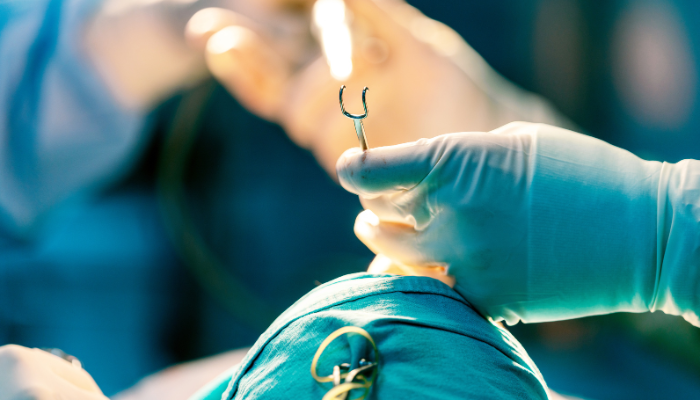
Before you get too far ahead, it’s really important to find the right surgeon. This isn’t like picking a plumber; this is your face we’re talking about. You want someone who knows their stuff, gets your vision, and makes you feel comfortable. Let’s break down how to make that happen.
Qualifications to Look For
First things first, you need to check credentials. Look for surgeons who are board-certified in facial plastic and reconstructive surgery or otolaryngology (that’s ear, nose, and throat). This means they’ve had extensive training and have met rigorous standards.
- Make sure they are registered with the General Medical Council (GMC) in the UK.
- Check their training background – where did they study, and what fellowships have they completed?
- See if they are members of professional organisations like the British Association of Facial Plastic Reconstructive Surgery (BAFPRS).
Questions to Ask During Consultation
Consultations are your chance to interview the surgeon. Don’t be shy! Prepare a list of questions beforehand. It’s better to be over-prepared than to leave with unanswered questions.
- How many rhinoplasty procedures have you performed?
- Can I see before-and-after photos of patients with similar nasal structures to mine?
- What are the potential risks and complications associated with this procedure?
- What is your approach to achieving natural-looking results?
- What kind of aftercare support do you provide?
It’s important to remember that a good surgeon will take the time to listen to your concerns, explain the procedure in detail, and manage your expectations realistically. If a surgeon seems dismissive or rushes through the consultation, that’s a red flag.
Evaluating Before and After Photos
Before-and-after photos are a great way to see the surgeon’s work. But don’t just look at the results; look at the details. Do the noses look natural? Do they suit the patients’ faces? Are the results consistent across different patients?
Consider these points when reviewing photos:
- Look for patients with similar nasal structures and skin types to your own.
- Pay attention to the overall balance and harmony of the face after the surgery.
- Ask the surgeon about any limitations or challenges they faced with those particular cases.
- Be wary of heavily edited or filtered photos – they might not accurately represent the actual results.
Conclusion
Rhinoplasty can be a powerful tool for those looking to improve their facial symmetry. By making adjustments to the nose, this procedure can create a more balanced and harmonious appearance. It’s important to remember that every face is unique, and the results can vary based on individual features and goals.
If you’re considering this surgery, take the time to consult with a qualified surgeon who can guide you through the process. With the right approach, rhinoplasty can help you feel more confident in your appearance and enhance your overall facial aesthetics.
Frequently Asked Questions
What is rhinoplasty?
Rhinoplasty, often called a nose job, is a surgery that changes the shape of your nose. People do it for different reasons, like improving how their nose looks or fixing breathing problems.
How does rhinoplasty help with facial symmetry?
Rhinoplasty can make your nose more balanced with the rest of your face. When your nose is shaped well, it can help your whole face look more symmetrical.
Is rhinoplasty a safe procedure?
Like any surgery, rhinoplasty has risks, but when done by a skilled surgeon, it’s generally safe. It’s important to discuss any concerns with your doctor before the surgery.
What should I expect during recovery from rhinoplasty?
After surgery, you might have some swelling and bruising. Recovery takes time, and your doctor will give you advice on how to care for your nose as it heals.
Can rhinoplasty improve my confidence?
Many people feel more confident after rhinoplasty because they are happier with their appearance. Feeling good about your nose can make a big difference in how you feel overall.
How do I choose the right surgeon for rhinoplasty?
When picking a surgeon, look for someone with good qualifications and experience in rhinoplasty. It’s also helpful to see before-and-after pictures of their previous patients.

